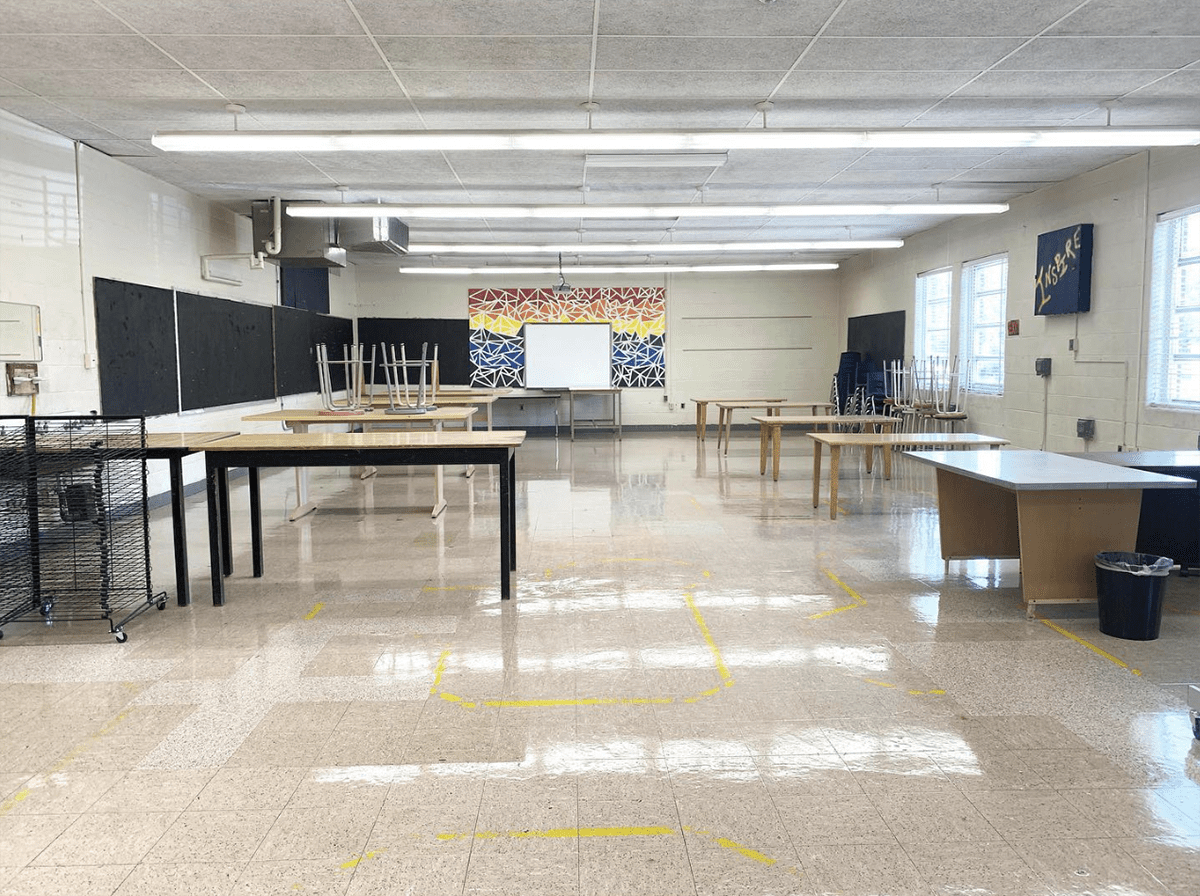As the days get warmer, both students and teachers feel summer break creeping up. With the end of the year approaching, it can be challenging for us to plan engaging art lessons. With so many end-of-the-year school activities, schedules may be unpredictable or irregular. But we know the value of every single minute with our artists. So, how do we make those final minutes count? Read on for three ways to end the year strong!
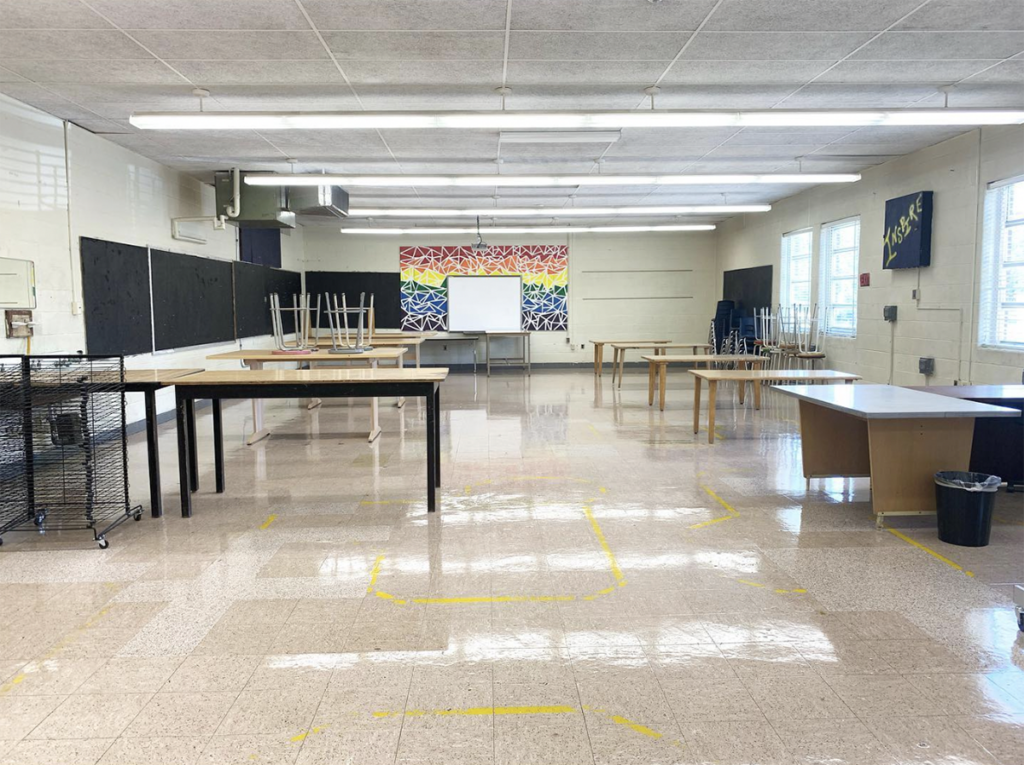
1. End-of-the-Year Art Show
An end-of-the-year art show is a fantastic way to share and celebrate all of the hard work your students have done throughout the year. It allows you to promote your program while also giving you some final feel-good moments with your students. Having an end-of-the-year event allows you to connect with families and have one last memory with your graduating students. You can even use it as a summative assessment.
There are National Core Arts Standards at all grade levels that focus on curating and displaying works of art. Teaching students of any age how to set up and curate their work in an organized and safe way will not only meet these standards but also build students’ independence and pride in their work. On show night, they will be able to take their family over to their piece(s). They will know exactly where it is because they hung it themselves! Students also understand better the amount of work that goes into hanging and installing a show. When students curate their own show, it is one more thing off your plate. This gives you time to sit back, relax, and enjoy the show!
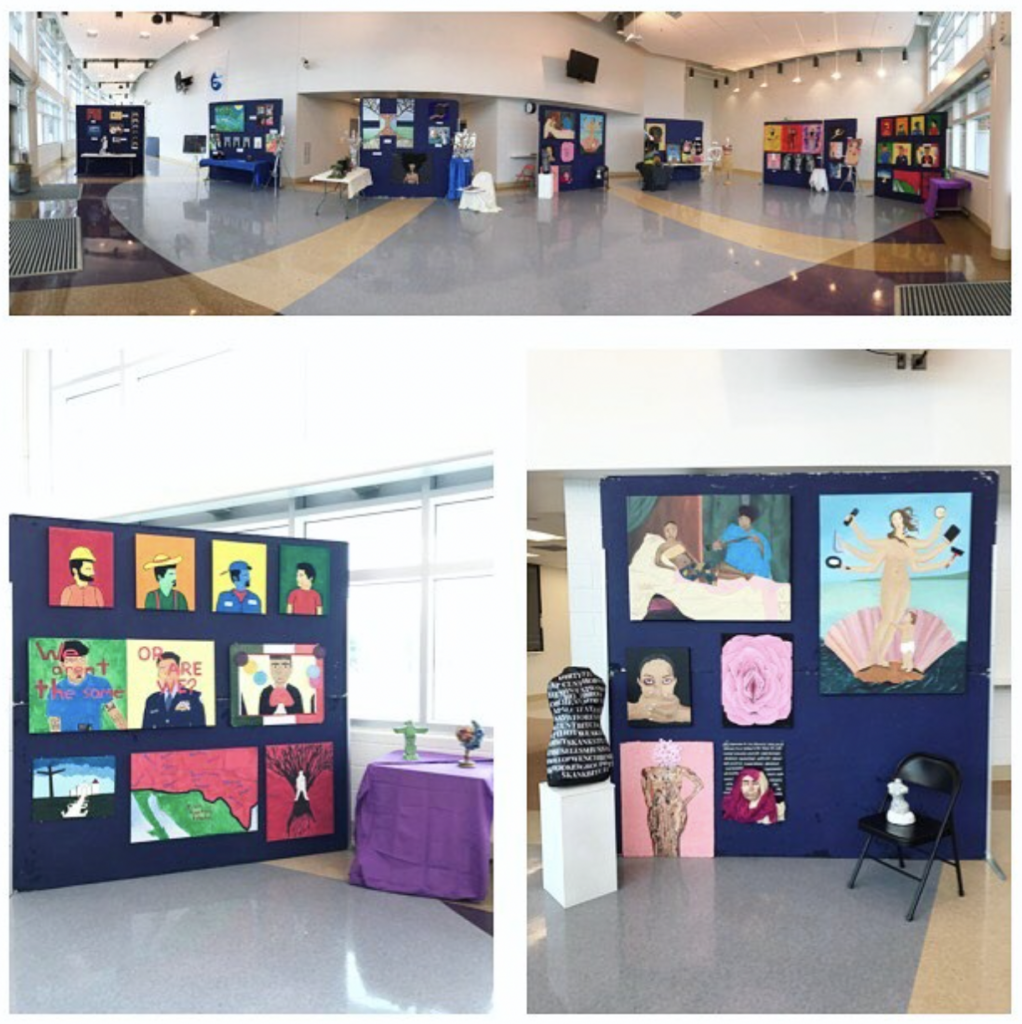
National Core Arts Anchor Standards:
- Anchor Standard 4: Select, analyze, and interpret artistic work for presentation.
- Anchor Standard 6: Convey meaning through the presentation of artistic work.
- Anchor Standard 9: Apply criteria to evaluate artistic work.
Here are some resources to help you host a successful art show:
- The Label Making Secret Every Art Teacher Should Know
- Take Your Art Show to the Next Level With a Mini-Marketplace
- 10 Ways to Market Your Art Show
- Survive Your Art Show With These 5 Organizational Tips
- Planning the Perfect Art Show (Ep. 030)
- Top 10 Tips for an Amazing Art Show (Ep. 083)
- How to Beautifully Display Your Art Show Without Breaking the Bank
- Running a Successful Elementary Art Show Pack found in PRO Learning
If a full-blown art show is too overwhelming with the limited time left at the end of the year, consider allocating areas of your classroom for small displays from each class or grade level. Invite colleagues, administration, and other classes into your room to view the work for an informal show.
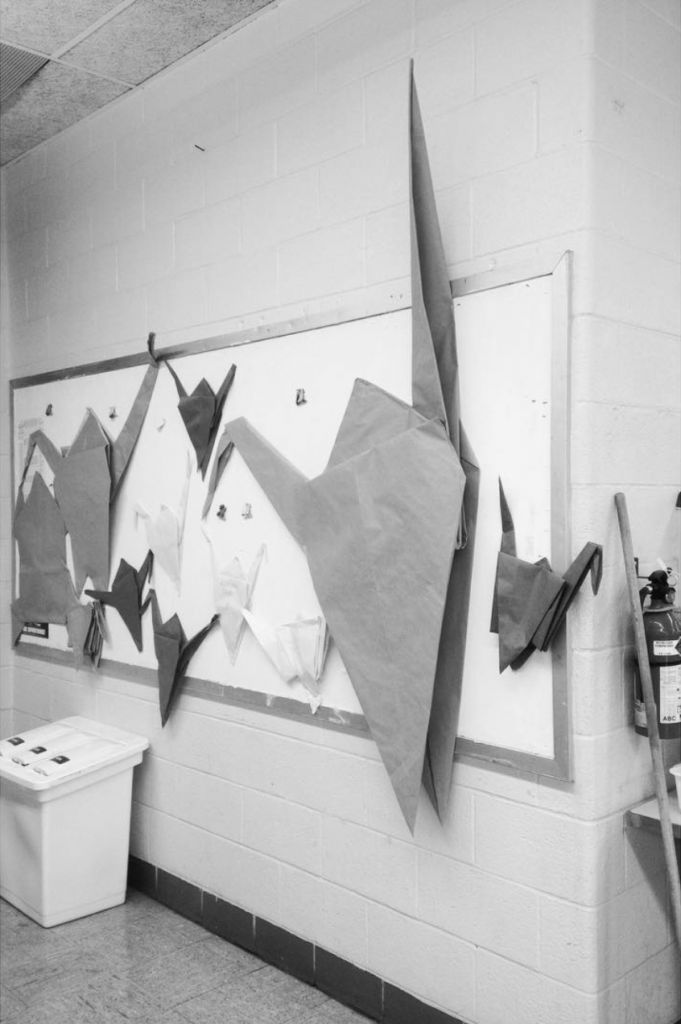
2. Student-Directed Projects
Students approaching the end of the year want to show off everything they have learned. If you do not run a TAB classroom, they may not have had a project where they could choose the materials, process, duration, how it is displayed, and more. Student-directed projects allow students to demonstrate and apply the valuable skills they learned. This is a great opportunity to teach students the importance of documenting growth. Because students are given more decision-making power, they have more ownership and motivation for their work.
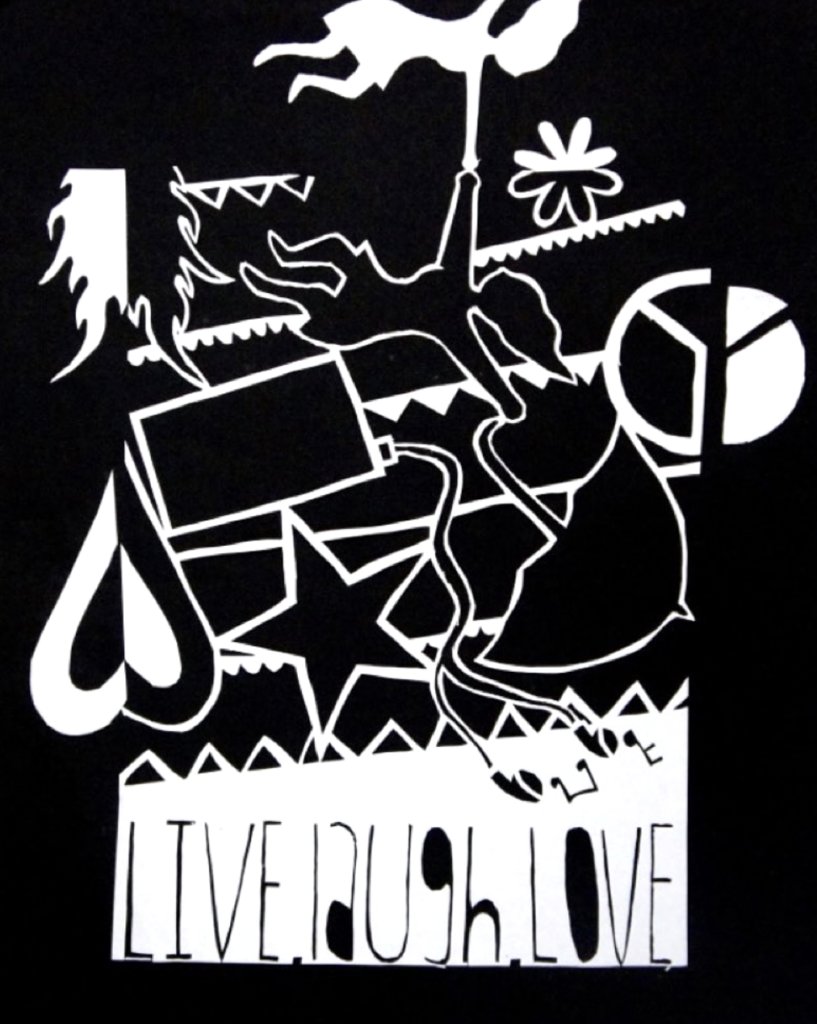
Set limits with your students. For example, if you focused on facial proportions, expressions, and emotions during the year, have all of your elementary artists make self-portraits over two classes. The students can decide the style, medium, and size. They can brainstorm ideas and sketch their drawing on the first day. On the second day, they can add color. Or, if you demonstrated a variety of materials throughout the year, give all of your secondary students three classes to make a piece of art based on a theme, such as “Soar.” Students can determine the subject matter and composition on the first day and apply their medium of choice on the second and third days.
Within the constraints, students create and present a proposal of what they want to make, how they will make it, and why they want to make it. They also explain how this project will connect with what they have learned this year. Students keep track of their sketches, attempts, and experimentation. Older students can add these to their digital process portfolio. At the end of the project, students complete a self-reflection about their process and work. For this reflection, ask students what they learned, what challenges they ran into, and how they overcame them. Most importantly, ask what part of this project they are proudest of and why.
National Core Arts Anchor Standards:
- Anchor Standard 1: Generate and conceptualize artistic ideas and work.
- Anchor Standard 2: Organize and develop artistic ideas and work.
- Anchor Standard 3: Refine and complete artistic work.
- Anchor Standard 10: Synthesize and relate knowledge and personal experiences to make art.
3. Campus Beautification
Note: Be mindful of your school and district guidelines and make sure to talk with your administration and maintenance team before you install. You can even invite your administrators to stop by your classroom for a student-guided tour of the beautification projects.
Art students aren’t the only ones looking forward to summer! So why not have your students guide the rest of the school community through an artistic end-of-the-year celebration? Students brainstorm ways to bring temporary beauty to your campus using the mediums they learned this year. As a class, design and complete a temporary art installation on campus to celebrate your school body’s accomplishments.
National Core Arts Anchor Standards:
- Anchor Standard 5: Develop and refine artistic techniques and work for presentation.
- Anchor Standard 6: Convey meaning through the presentation of artistic work.
Some ideas for a temporary installation include:
- Install paper butterflies and flowers along a hallway with painter’s tape.
- Hand-letter a motivational saying or word in chalk along your school’s outdoor walkways or parking spaces.
- Design colorful posters for each classroom teacher’s door as a surprise greeting of positivity.
- Construct a cardboard sculpture garden in a courtyard or atrium. Design and build new sculptures in small groups or use pieces already created throughout the year.
- Make slaps or graffiti stickers to display around the building.
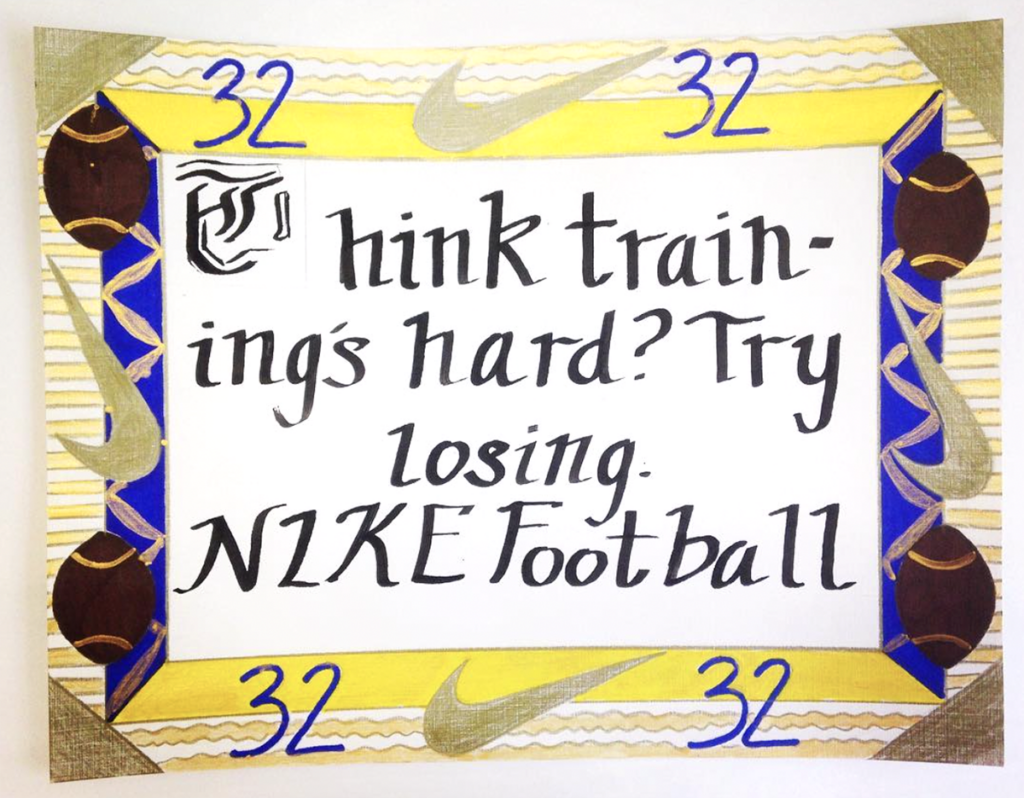
While we focus on how to finish the year strong with our students, it is also important to take care of yourself. Art teachers are often asked to do a lot at this time of year. You may be approached to make last-minute field day banners. Or, a classroom teacher may decide last minute to do an art project and ask you for supplies. You may even be asked to design the graduation pamphlets the day before they need to be at the printer! It is important for both you and your students that you keep your boundaries strong through the end of the year because your mental health and well-being are valuable. We are all better art educators when we are cared for. So as you plan for a strong end of the year with your students with these three ideas, make sure you are taking care of yourself as well.
National Core Arts Standards (2015) National Coalition for Core Arts Standards. Rights Administered by the State Education Agency Directors of Arts Education. Dover, DE, www.nationalartsstandards.org all rights reserved.
NCAS does not endorse or promote any goods or services offered by the Art of Education University.
What is your favorite end-of-the-year art activity?
What is one new thing you want to try with your students before the year is over?
Magazine articles and podcasts are opinions of professional education contributors and do not necessarily represent the position of the Art of Education University (AOEU) or its academic offerings. Contributors use terms in the way they are most often talked about in the scope of their educational experiences.
